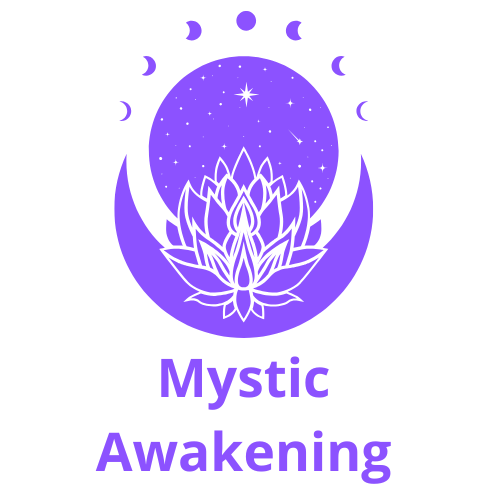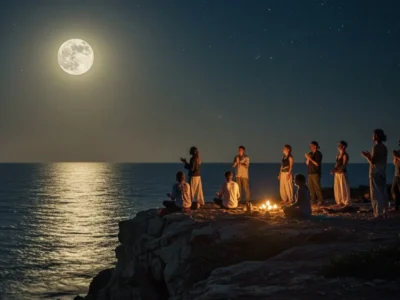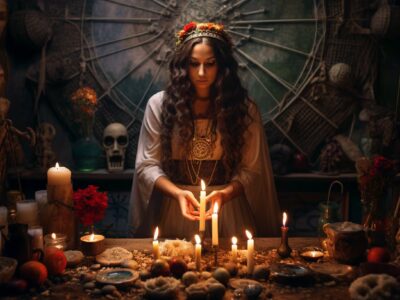
Definitive Guide to Transformative Collective Rituals
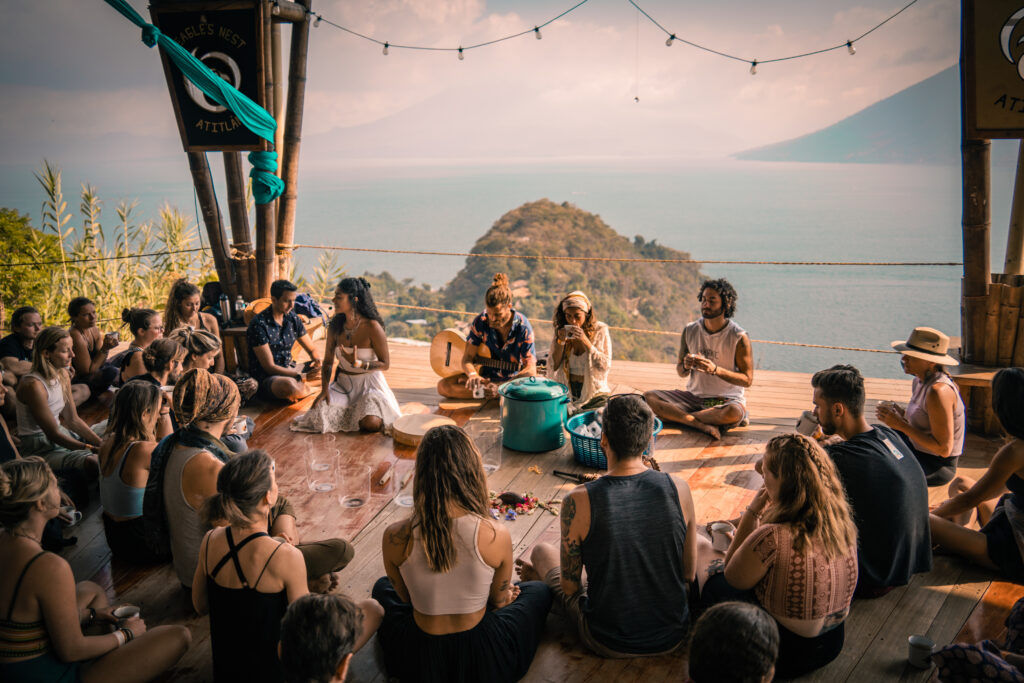
In today's rapidly evolving cultural landscape, collective rituals have emerged as a powerful way to connect with our inner selves and with one another. Many wonder how these ancient yet revitalizing practices hold the power to transform both communities and individual lives. This comprehensive guide answers that call by exploring the history, significance, and modern applications of rituals. It also highlights current trends in 'Rituales colectivos', demonstrating their role in today’s society. Throughout this article, you will learn how to harness the transformative energy of these ceremonies to promote unity, resilience, and personal growth.
History and Foundations of Collective Rituals
Collective rituals have been an essential part of human culture since time immemorial. Dating back to ancient civilizations, these shared practices were designed to mark key events, celebrate seasonal changes, and sanctify life transitions. Historically, rituals served as the backbone of communities, providing structure, guidance, and a way to pass on core values and beliefs from one generation to the next. As societies evolved, so did the complexity and meaning of these ceremonies.
Early societies relied on rituals to foster group cohesion and comprehend the mysteries of nature. Ancient texts and archaeological findings reveal that these ceremonies often included symbolic gestures, musical chants, and dance routines, intertwined with religious or mythological narratives. These performative acts united people with a common purpose, strengthening both spiritual and social bonds. Specific rituals were often reserved for significant rites of passage, such as coming-of-age ceremonies, marriages, or funerals.
The evolution of collective rituals mirrors the changing human condition. With the advent of written language and codified religious doctrines, these practices began to incorporate elaborate symbolism and structure. The integration of art, music, and storytelling enriched these events, turning them into living records of collective memory. Today, when we explore 'Rituales colectivos', we see echoes of these ancient practices resonating within modern-day gatherings that emphasize unity, reflection, and transformation.
Modern Perspectives on Transformative Rituals
Modern society has witnessed a resurgence in the interest in collective rituals, as more individuals search for meaningful connections in an increasingly digital world. This renewed interest is not merely a nod to nostalgia—it acknowledges that these rituals provide a tangible way to experience connectivity and enhanced self-awareness. Modern transformative rituals focus as much on mental healing as they do on celebration, offering participants a space to reflect internally while engaging in communal activities.
Over the past few decades, both scholarly research and personal testimonies have highlighted the psychological benefits of participating in collective ritualistic events. These ceremonies help reduce stress, cultivate mindfulness, and fortify community bonds. Modern adaptations often blend time-honored traditions with contemporary practices such as meditation, art installations, and digital storytelling, thereby forming a bridge between ancient wisdom and modern self-care.
Moreover, modern adaptations allow rituals to transcend specific religious or cultural contexts, making them more inclusive. Many communities now see transformative rituals as a universal language of healing. In diverse urban centers, elements from different traditions merge to create unique collective experiences, offering a holistic view of connection and awareness in today’s fast-paced environment.
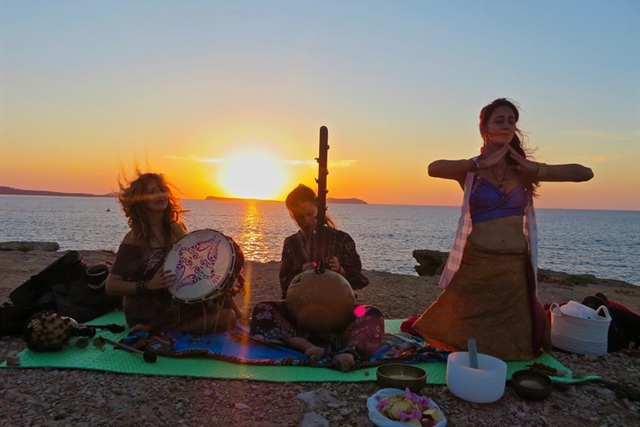
Rituals in a Digital Age
Technology is reshaping the way we celebrate and practice rituals. Live streams, virtual ceremonies, and online gatherings have broadened participation in events that were once exclusively physical. The digital transformation of rituals has redefined accessibility, allowing people worldwide to unite and share collective experiences, regardless of geographical constraints.
Despite these digital innovations, the core essence of ritual remains intact. The online format emphasizes visual and auditory elements, ensuring that participants still experience a profound sense of unity and presence. While some argue that virtual celebrations cannot fully replace the emotional impact of physical gatherings, the blend of both approaches continues to broaden the transformative appeal of these events.
Inclusivity and Adaptation
Modern transformative rituals have embraced inclusivity by adapting to diverse cultural backgrounds and personal beliefs. As societies become more pluralistic, rituals have evolved to meet the unique needs of different groups while maintaining a shared core of connection and mutual support. Inclusivity is key to ensuring that these powerful experiences promote both personal and community growth.
This inclusive adaptation allows communities to integrate diverse traditions within a collective framework. Whether through blending indigenous practices or incorporating modern new-age elements, the result is a vibrant mosaic of collective healing that resonates on multiple levels. Today’s 'Rituales colectivos' invite participation from varied backgrounds, deepening global unity.
The Psychological and Social Impact of Collective Rituals
Collective rituals exert a powerful influence on both individual well-being and the social fabric of communities. Participating in these practices fosters a deeper sense of belonging, purpose, and identity. The shared emotional energy during rituals is transformative, helping participants overcome personal challenges while nurturing a spirit of collaboration and mutual support.
Psychological research has shown that shared rituals stimulate the release of oxytocin—a hormone associated with bonding and trust. This biochemical reaction not only boosts mood but also plays a critical role in enhancing social cohesion. As people come together to celebrate or grieve, the collective experience counteracts daily stress, promoting emotional resilience and mental clarity. These studies underline the value of shared practices in combating isolation and strengthening community ties.
Beyond individual benefits, collective rituals hold profound societal implications. They act as catalysts for social change and can mobilize communities during crucial moments. For example, many social movements have strategically integrated rituals to build solidarity and rally support. Rituales colectivos in these contexts transform personal experiences into potent symbols of resistance, unity, and hope.
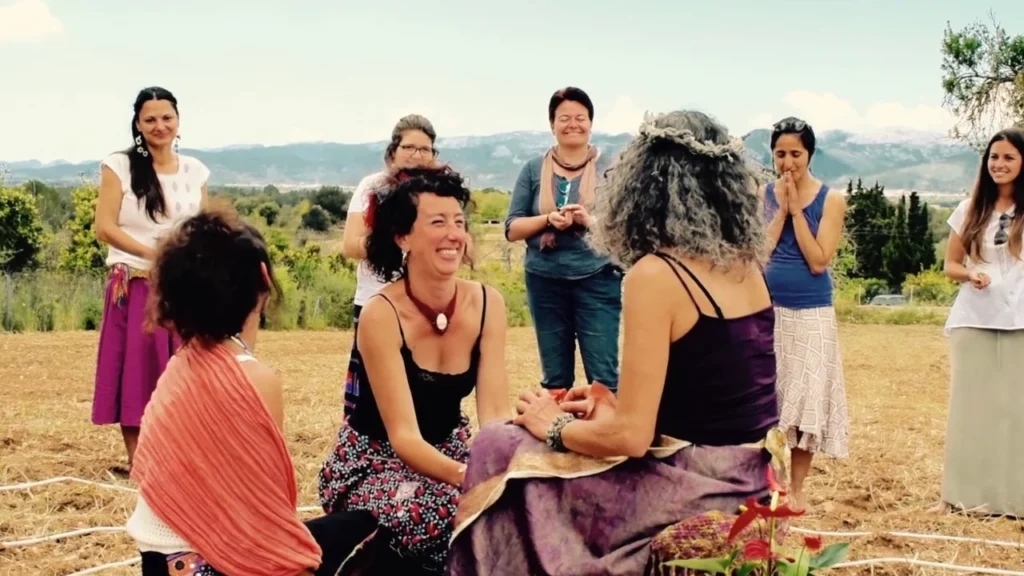
Organizing and Participating in Rituals: Practical Guidelines
For anyone interested in organizing or taking part in collective rituals, practicality and sensitivity must go hand in hand. Successful rituals typically rely on deliberate planning and a genuine understanding of the community's needs and values. Practical guidelines ensure that rituals are impactful, inclusive, and respectful to all participants. Whether you are a community leader or an enthusiastic participant, following these guidelines can enrich the overall experience.
One of the first steps in organizing a transformative ritual is to set clear intentions. This means defining the ritual's core purpose—whether it’s for healing, celebration, or transformation—and thoughtfully selecting symbols, music, and narratives that resonate with participants. Consulting cultural experts, psychological research, and traditional texts can provide valuable insights during the design process, ensuring that each element aligns with the group’s shared values.
Participants should also strive to actively contribute rather than remain passive observers. Approaching a collective ritual with openness and eagerness to engage can amplify both personal and collective benefits. Creating an environment that promotes safety, acceptance, and active participation is essential. Utilizing practical tools like detailed guides and checklists along with clear communication can greatly enhance the execution of these events. Ultimately, well-crafted rituals blend art and spirituality to uplift the human experience when conducted with both care and passion.
Step-by-Step Planning for Organizers
Start with a brainstorming session to identify the primary goals and themes of the ritual. Involve diverse community members during this phase to ensure broad representation. Collaboration is the first key to success in designing a ritual that resonates on many levels.
Next, develop a detailed outline including timing, location, and the flow of activities. Incorporate pauses for reflection, guided meditation, or group discussions to maximize the ritual’s impact. This structured planning also helps address potential challenges during the event.
Participation Etiquette and Best Practices
For participants, knowing the etiquette of collective rituals is crucial. Demonstrate respect through active listening, mindful participation, and following the facilitator’s guidelines. Respect and mindfulness ensure that the experience remains safe and fulfilling for everyone.
Adopt an attitude of openness and vulnerability. Many participants discover that this approach not only encourages personal growth but also deepens the collective energy. Sharing personal insights and stories can further enrich the overall experience.
Future Trends and the Evolving Role of Rituals
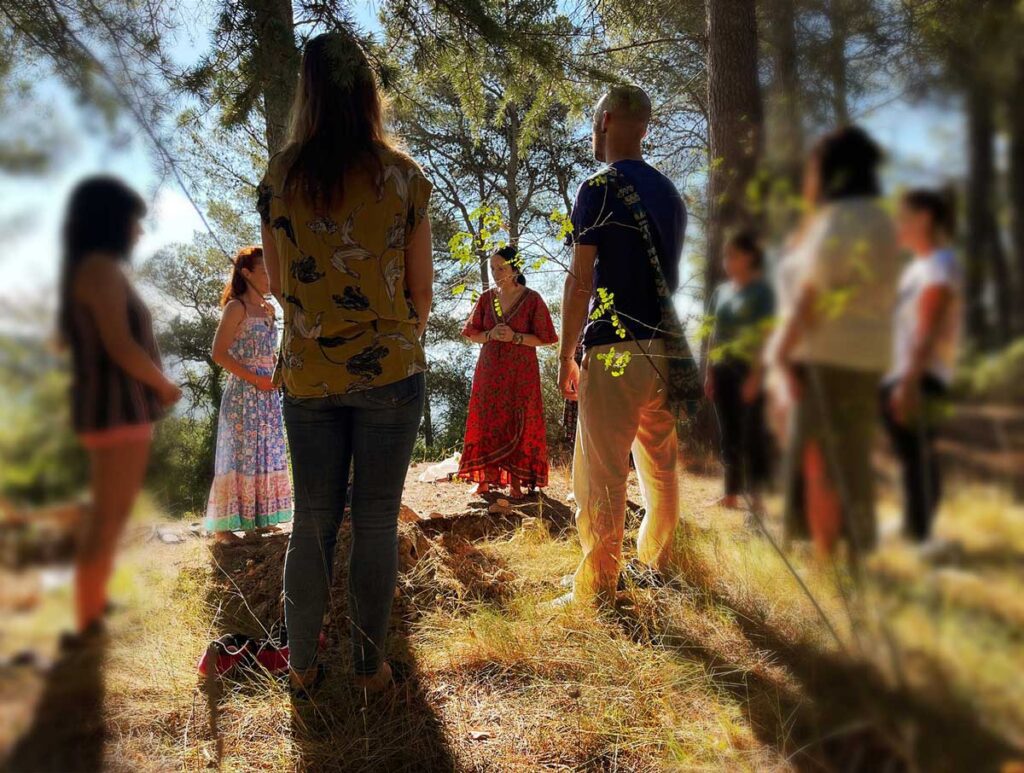
Looking toward the future, collective rituals are evolving to adapt to major societal changes. The rapid pace of modern life, combined with technological advancements and shifting cultural values, is reshaping how rituals are experienced and understood. Future trends highlight a blend of ancient wisdom and contemporary innovation, creating rituals that are both deeply meaningful and accessible to a broader audience.
One emerging trend is the fusion of traditional practices with modern technology, leading to hybrid ritual experiences that merge physical presence with digital participation. This integration expands the reach of rituals, enabling global connectivity and interdisciplinary collaborations in art, spirituality, and mental health. Additionally, as societal values evolve, there is an increasing focus on sustainability and ethical practices in organizing rituals. Many future events will prioritize eco-friendly practices and responsible resource management, reflecting a modern collective consciousness.
Looking ahead, the role of collective rituals is bound to expand beyond traditional boundaries. They are increasingly recognized as tools for social innovation, sparking conversations on topics such as mental health and environmental conservation. The evolution of Rituales colectivos is not only a return to traditional practices but also an adaptation to the challenges of a rapidly changing world. This transformative process invites us to rethink how ancient rituals can address contemporary issues while fostering unity and resilience.
Hybrid Ritual Experiences
Hybrid rituals combine physical gatherings with digital interactivity, allowing participants around the globe to join a shared experience. This approach broadens the reach of traditional practices without compromising the authenticity of the ritual.
Especially useful during times when physical distancing is necessary, these innovations demonstrate that the essence of ritual can flourish even in a technologically advanced setting.
Ethics and Sustainability in Future Rituals
With growing awareness of environmental issues, future rituals will likely incorporate more sustainable practices. Organizers are increasingly opting for eco-friendly materials and waste reduction strategies to minimize the environmental footprint of these events.
Ethical considerations are also coming to the forefront, ensuring that rituals remain inclusive and accessible to all members of society. This shift is part of a broader commitment to collective responsibility and shared well-being.
Contenido Adicional

To further explore the transformative power of collective rituals, this additional content delves into cultural case studies and comparative analyses. For centuries, various societies have relied on rituals as vehicles for transmitting cultural heritage and reinforcing community bonds. Detailed studies from indigenous tribes in South America to ancient European traditions reveal striking similarities in how rituals anchor collective identity. The continuity of ritual practices across diverse cultures underscores their universal role in personal healing and societal integration.
A fascinating example is the revival of seasonal festivals in modern urban communities. In cities such as New York and London, residents are organizing community gatherings inspired by historical harvest festivals. These events not only celebrate the changing seasons but also provide a platform for artistic expression and community activism. They often integrate communal feasting, storytelling, and collective meditation, creating a multi-sensory experience that nurtures both body and soul.
Furthermore, the versatility of collective rituals extends to corporate and educational settings, where groups employ them to strengthen team dynamics and spark creative collaboration. This innovative application goes beyond traditional spiritual contexts, applying principles of unity and shared purpose to address modern challenges. As ongoing research validates the psychological and social benefits of these ceremonies, it is clear that their relevance is not waning but evolving. Embracing this evolution, communities are better equipped to transform challenges into opportunities, leveraging the power of collective rituals to build inclusive futures that honor both history and progress.
In conclusion, transformative collective rituals provide a unique bridge between ancient traditions and modern practices, offering a dynamic route to personal and community growth. Their true strength lies in the shared experience of connecting on a deeper, soulful level. From ceremonies steeped in symbolism to innovative modern adaptations, the journey through collective rituals encourages both introspection and communal empowerment. As we step into an increasingly interconnected future, embracing these rituals can help us navigate changes, heal old wounds, and build resilient communities. This definitive guide serves as both an historical overview and a practical manual, inviting everyone to explore and participate in the transformative power of these spiritual practices.
